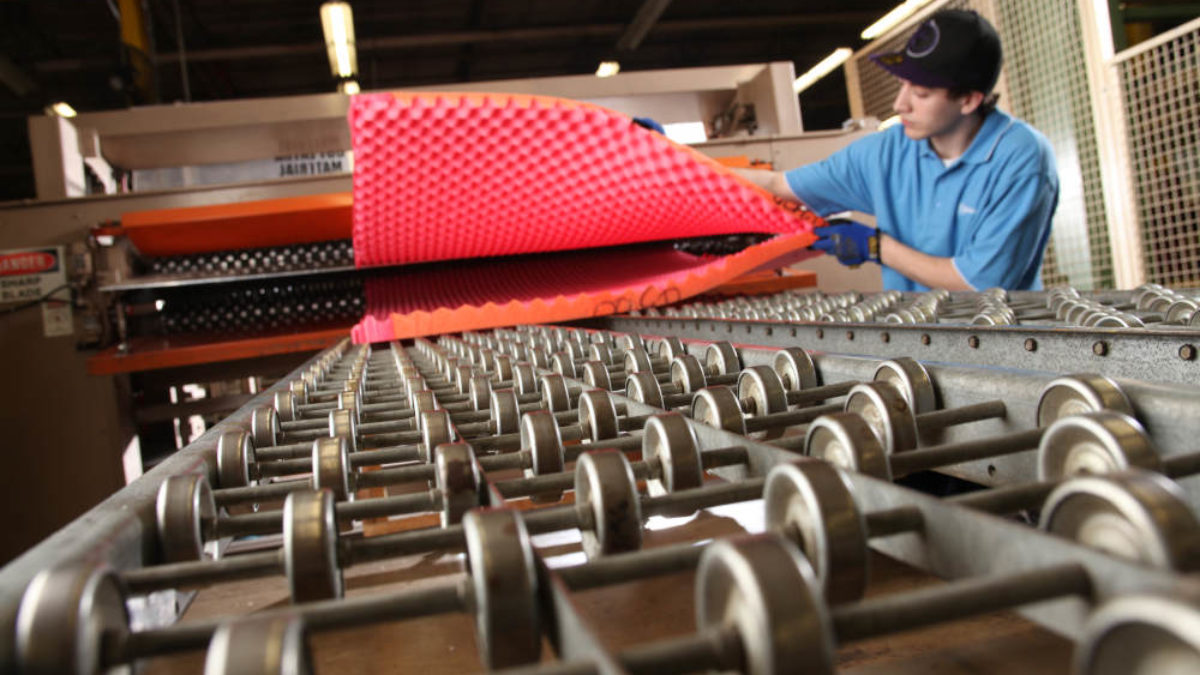Low density foams are categorized by their weight per unit volume (measured in pounds per cubic foot, or PCF). Many foam manufacturers will list their foam materials based on their density. Different foams will be considered low density based on their PCF. For some types of foam, 3 PCF or less will be considered low density, while for other foams, a 1.5 PCF may be the cutoff point to be considered low density. It depends on the type of foam you are working with.
What exactly are low density foams, and how and where are they used?
Low-Density Foams Are Light and Soft
Low density foams are most known for their softness, making them ideal for packaging applications that involve lightweight products that need a softer, less abrasive form of foam protection. Because low density foams will compress under heavy stress, they are not generally ideal for protecting heavy or dense items. However, they do offer a good amount of stability at a low density and weight, meaning they are better used as packaging infill for items that are delicate. Low density foams are a great way to package materials without increasing the weight of the package, saving on shipping costs.
Low Density Foams Are Good Insulators
Low density foams are also known for their low (lambda) λ-values, which makes the material an excellent thermal insulator. Since low density foams insulate well, they are often used as cavity fillers and pipe insulation. Low density foams do generally insulate better but be cautious when choosing a foam for this purpose. Once the density reaches a low point, the foam begins to lose its insulation capability.
Low Density Foams Can Be More Affordable
Because they are easy to cut, shape, and handle, low density foams tend to be simpler and more affordable to fabricate. This makes using them more cost-efficient for many applications, provided they can provide the protection that is required. They can help manufacturers reduce the costs of their products, particularly when they are used in foam mattresses and other cushioning applications.
When to Use Low Density Foams
Low density foams are ideal for applications that require:
- High water and chemical resistance
- Buoyancy (marine foam)
- Good energy absorption
- Good cushioning
- Dielectric strength
- UV resistance
When to Use High Density Foams
Low density foams are not ideal for every application. You may be better off using a high density foam if your application requires:
- Higher compressive stress resistance (better for support)
- More tensile strength and tear strength
- Better viscoelasticity (it retains its shape better)
Need a low-density foam like polyethylene (or any other) for your application? We can help you find and fabricate the right material. Get in touch with the foam experts at Amcon today.


